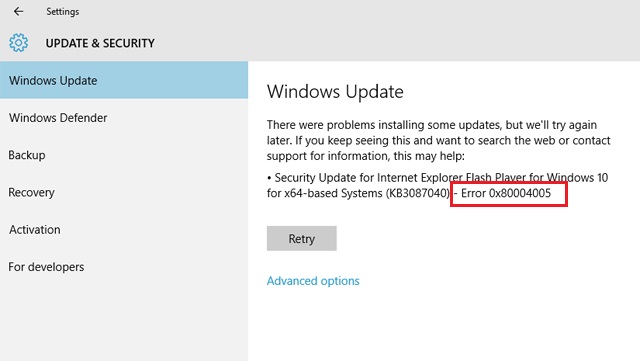If you’re having trouble with your laptop or desktop computer, I feel for you. The dreaded “Blue Screen of Death,” or BSOD, applies here as well. You could be in the middle of something on your device when the screen goes blue and stops responding.
Besides the blue screen, you may also see the words “MEMORY MANAGEMENT ERROR” on your screen. Everything you need to know about this issue, from its origins to potential fixes, is provided in this article.
Explain Windows Stop Code Memory Management.
The Windows 10 RAM is managed via Memory Management. It guarantees your OS keeps running smoothly and efficiently. To guarantee compatibility with Windows, the memory management allocates memory segments for use by the programme.

Additionally, it monitors your RAM’s performance and keeps tabs on available and used memory locations.
As a result, it’s quite simple to use and can quickly and accurately determine how much RAM each programme needs, allowing for speedier, error-free operation of all windows.
Improve Memory Management for the Win Stop Code
The Blue Screen of Death (BSOD) can become all too familiar to some computer users. It’s a major setback that will disrupt your productivity. If you’re experiencing this frustrating problem, try these potential fixes:
Method 1. Activate the Restart Option
The best solution to this problem is to reboot the device. In many cases, this issue can be resolved by just restarting the device. In this case, you should use the Windows home button on your keyboard to restart your device. If it doesn’t work, try turning off and back on again with the computer’s power button.
Method 2. Version 10.2 Update Required
The problem usually stems from utilising an out-of-date version of Windows. Incompatible software with older versions is a common source of Blue Screen of Death issues. If that’s the case, upgrading to the most recent version is essential.
Step 1. To begin, hit the Windows key plus the letter I on your keyboard. The device’s settings menu will load.
Step 2. Visit the “Update & Security” tab now.
Step 3. See if Windows has the latest updates by visiting the “Windows Update” area. If there is an update available for your gadget, instal it.
Step 4. To resolve this issue, please restart your device after completing the update.
Method 3. Fire up the Windows 10 Memory Diagnostic Tool
The Windows 10 Memory Diagnostic tool might help you figure out what’s causing the Blue Screen of Death. Using this programme, you can determine the health of your device’s RAM and pinpoint the source of any problems you may be having.
Step 1. The “Windows Memory Diagnostic” can be accessed from the Start menu in the first instance.
Step 2. There will be a prompt on your screen asking you to either set the utility or execute the programme, or restart the device immediately.
Step 3. Bit, after restarting Windows 10, the log file will no longer be visible.
Step 4. If you have any questions about this part, you can look them up by using this method:
Step 5. Simply hit the Windows key plus the letter X.
Step 6. Then, select “Event Viewer” from the power menu.
Step 7. The Windows Logs can be accessed via the Event Viewer (Local) tab.
Step 8. The next step is to switch to the systems tab.
Step 9. To access the Memory Diagnostic, go to the “Find” menu on the right and enter “Memory Diagnostic” in the search bar.
Step 10. Just hit the “Find Next” button when you’re done.
Step 11. All relevant diagnostic information will be shown in the windows. This is where you can look for mistakes and make adjustments as you see fit.
Conclusion
When blue screen of death problems keep popping up, it can be very annoying. A number of factors, including faulty RAM and hardware, might contribute to this issue. Here are some potential answers to the problem; you can try any of them to see if they fix the glitch.





Leave a Reply